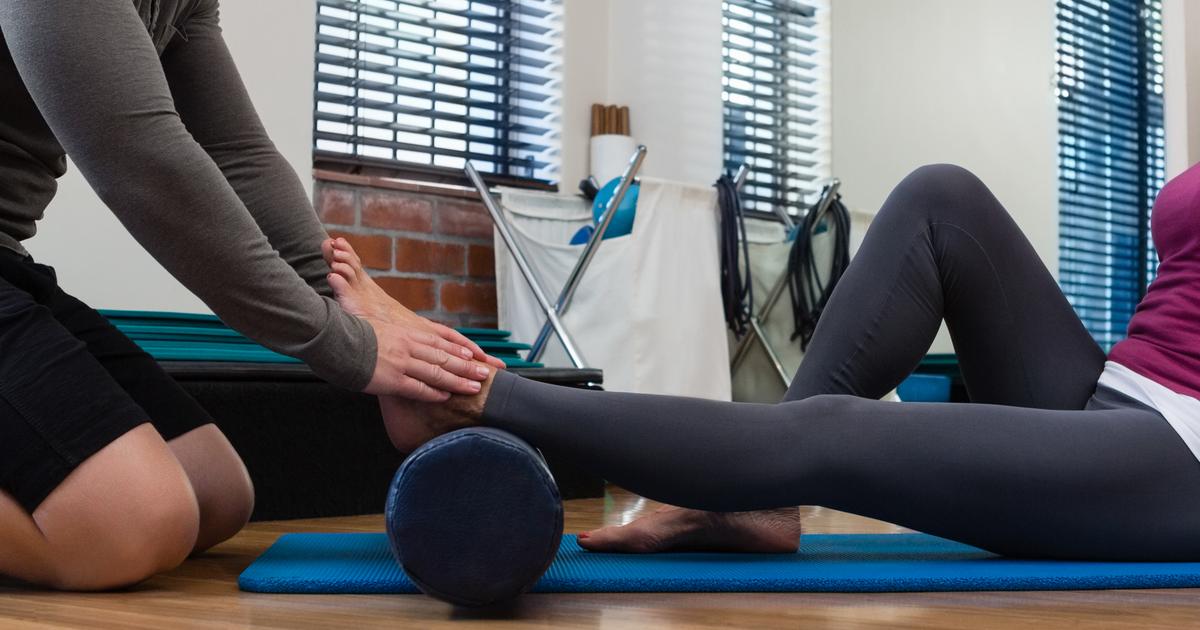Tips For Treating And Managing Hammertoe
Hammertoe often develops on the second or third toe, and there is usually corns or calluses on top of the joint. Typically, hammertoe occurs in adults, but it can affect children as well. Hammertoe is most often due to an imbalance in the muscles of the feet or from wearing inappropriately fitting shoes. Hammertoe is also seen in individuals with diabetes, those who have suffered neurological damage, or due to hereditary foot and leg structure. Hammertoe that does not cause any pain is likely just a cosmetic concern for most people. Potential problems associated with hammertoe includes painful corns and calluses, metatarsalgia, arthritis pain, bunions, knuckle pads, and flat feet. Here are the top solutions for treating hammertoe and its symptoms.
Orthotic Inserts
A podiatrist can make custom-made orthotics that will help toe deformities and counteract imbalances leading to hammertoe. Orthotic inserts support the individual's foot, and many can have heel or arch wedges added to over-the-counter insoles. These products improve the positioning of the toes while walking. Toe splints are readily available and are successful in reducing shoe friction that causes pain. Orthotic inserts are soft, yet firm and help redistribute body weight evenly across the joints and bones of the foot. They alleviate excess stress from the toes, thus reducing pain. Most podiatrists highly recommend custom-made inserts if you suffer from bunions and hammertoe. They are made to match the size and shape of your foot and are usually ready within two weeks. Once they are ready, your doctor will schedule an appointment to ensure they fit your feet properly.
Continue reading to reveal more treatments for hammertoe.
Strengthening Exercises For Toe Muscles

For individuals with flexible cases of hammertoe, many strengthening exercises for toe muscles can help. Specific techniques counteract the muscle imbalances that cause deformities. A podiatrist or physical therapist can teach patients exercises to target the extensor muscles pulling the foot upward against resistance. Keeping the toe joints strong through exercise will prevent hammertoes and reduce pain. Examples of these exercises are marble pickups, towel curls, or just pulling toes to stretch the joints. If the pain hasn't gone away, you haven't noticed an improvement after two weeks, or if you have sores, contact a doctor. Foot wounds left untreated can get infected and cause osteomyelitis and cellulitis especially if you have arterial disease or diabetes.
Learn more about treating and managing hammertoe now.
